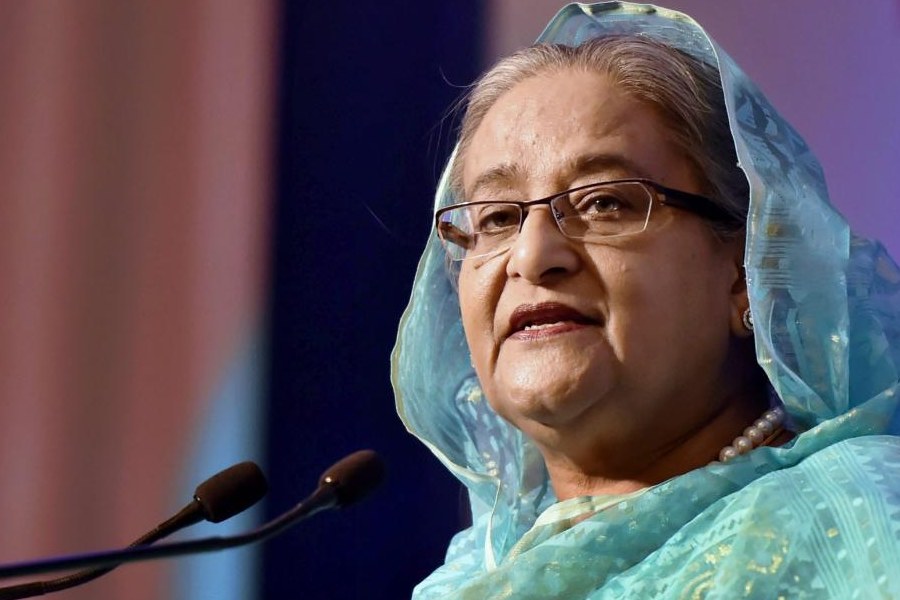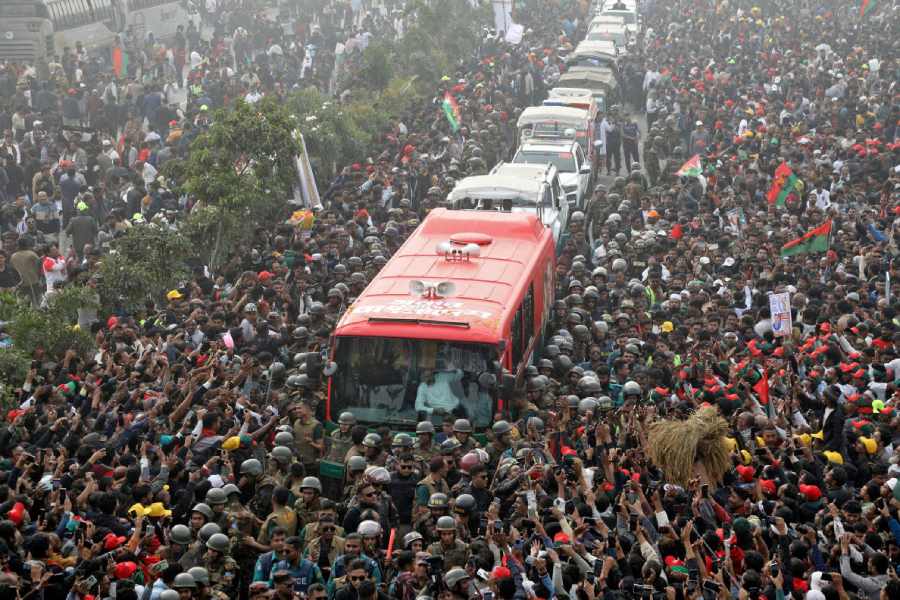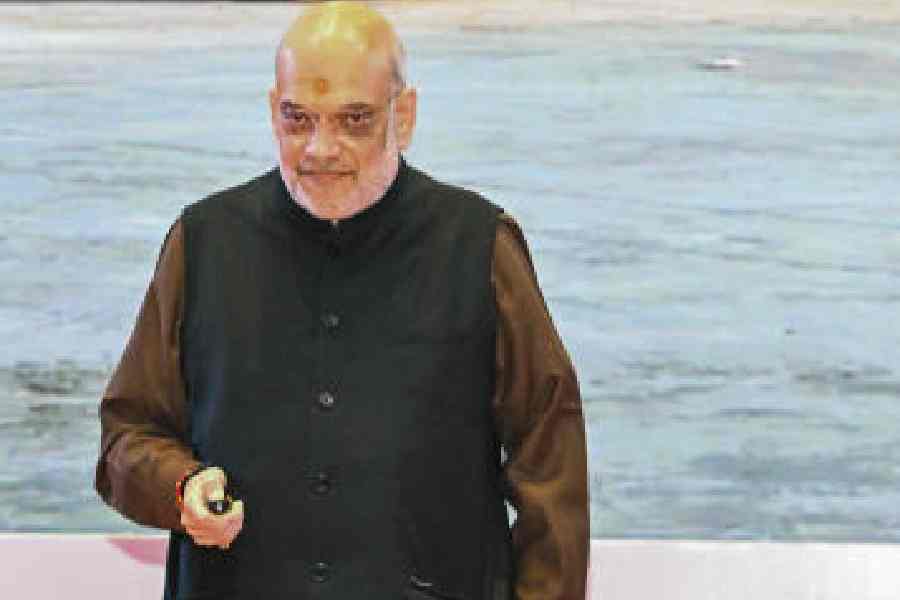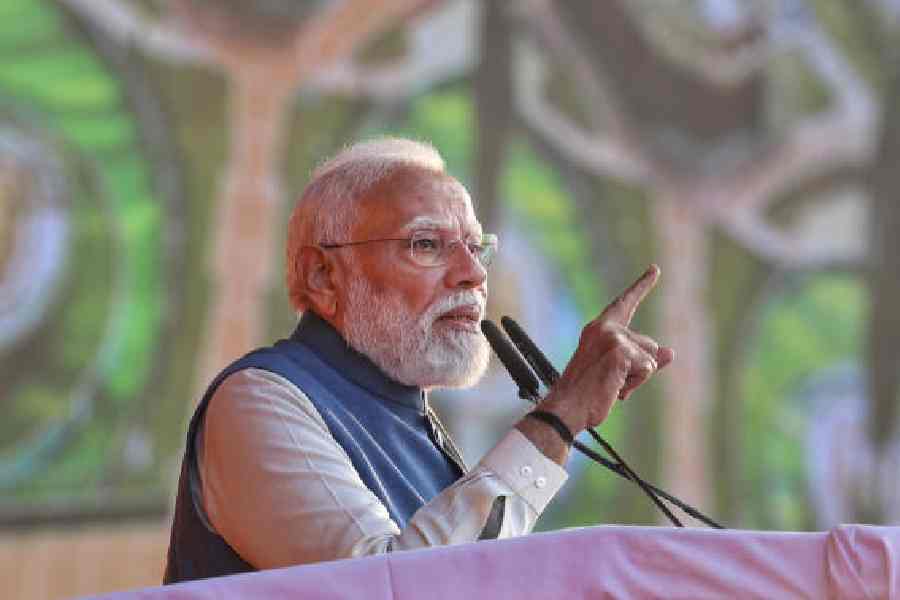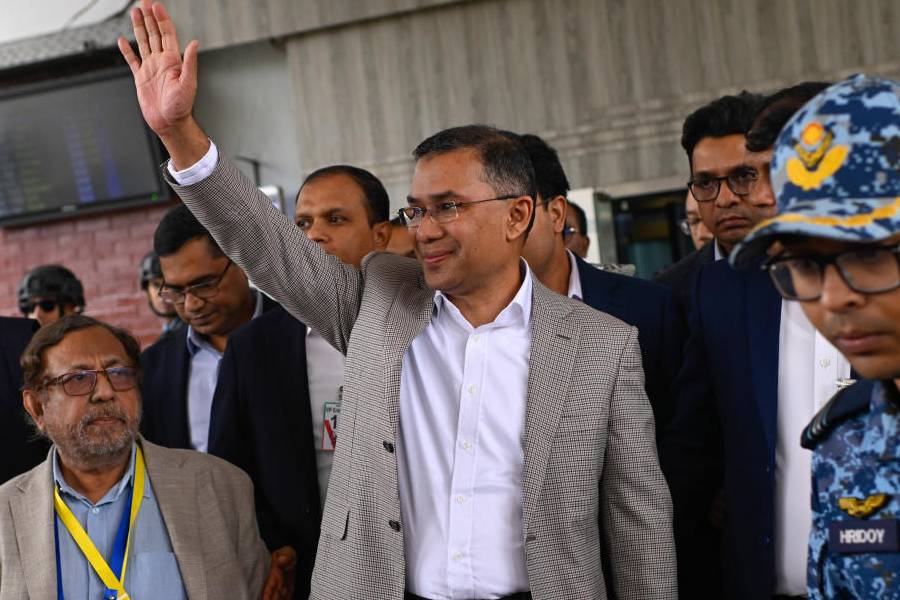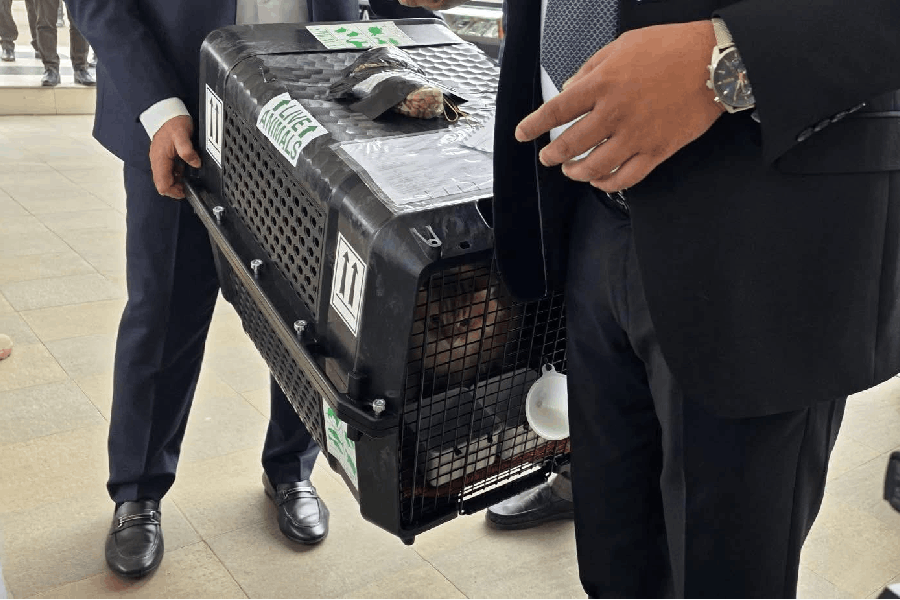A doctor-entrepreneur duo from Bengal, now settled in the United Kingdom, has developed a virtual technology which helps specialist doctors examine seriously ill newborns from remote locations.
This will result in an early start of treatment and will save children from lifelong illness.
Arunava Dhar, a consultant paediatrician and neonatologist, and Ranadip Chatterjee, an entrepreneur and IT specialist were in the city recently. They were keen to collaborate with private hospitals or the government and extend the benefit of the technology.
“There are general hospitals and there are hospitals with speciality departments. Transporting a patient from a general hospital to a speciality hospital takes time. This time is often crucial for the patient’s well-being,” Dhar, a former student of the RG Kar Medical College and Hospital, said at an event at The Tollygunge Club on
August 4.
“A newborn with hypoxia can develop serious lifelong illness if they are not treated within the golden hour or the first six hours from birth, but a specialist may not be available in the hospital. Using this technology, the specialist can examine the vitals, see the baby and identify the cause of illness. He can then advise whether the treatment is possible in that setup or refer to the nearest hospital,” said Dhar.
In resource-limited locations, the technology can bring treatment closer to many children.
Ranadip Chatterjee, a former student of the National Institute of Technology, Durgapur, has partnered with Dhar in implementing the technology. He said a machine with a camera fitted on its top would allow the specialist to see the baby from a remote location. “The specialist will need to log into the system and need a laptop or a computer to do this,” said Chatterjee.
The technology is already in use among four hospitals in the UK. Susan Broster, global officer at the Royal College of Paediatrics and Child Health, is also involved in the implementation of the project, said Dhar.
Dhar said their technology was mobile, unlike telemedicine where either the doctor or the patient has to reach a centre where infrastructure for telemedicine is present. “Our equipment with the camera has a wheel and this can be taken anywhere,” said Dhar.
The technology also allows the sharing of CT scans and X-rays, making the specialist’s diagnosis easier.


